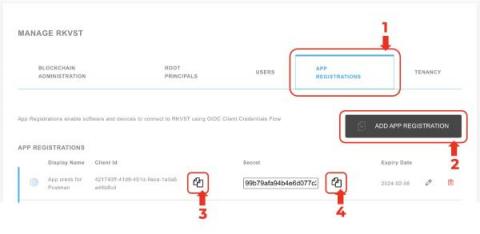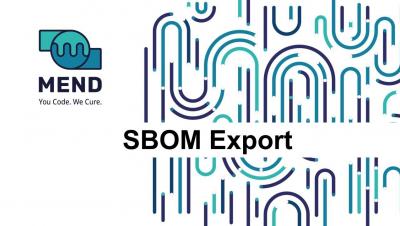Postman Configuration for RKVST
We’re very pleased with our Python SDK, Jupyter Notebooks, and our OpenAPI Developer Console but sometimes we all want a bit more fine control or command chaining than those can offer. One of my favourite tools for such situations is, of course, Postman. It can make interacting with RKVST super quick and easy, and help you develop custom workflows for storing and validating your digital evidence ledgers.









